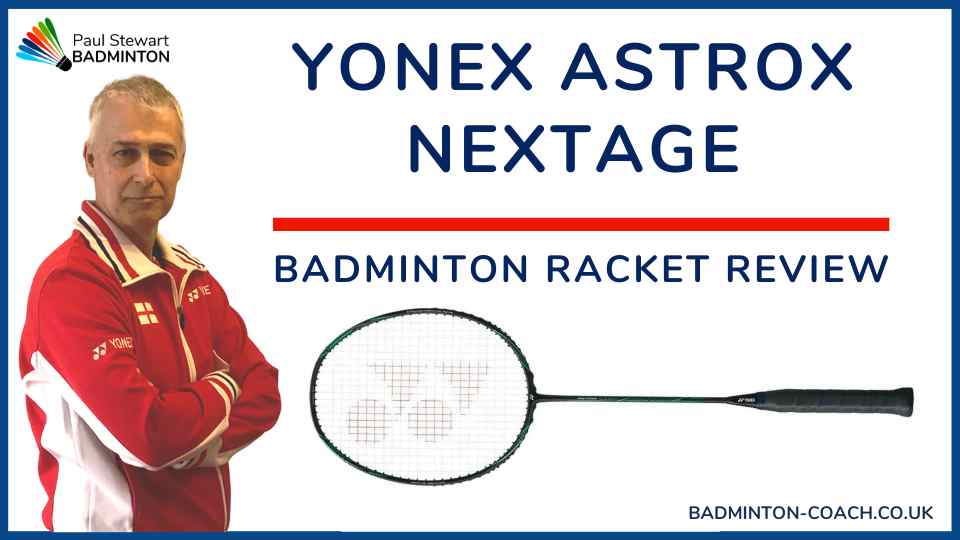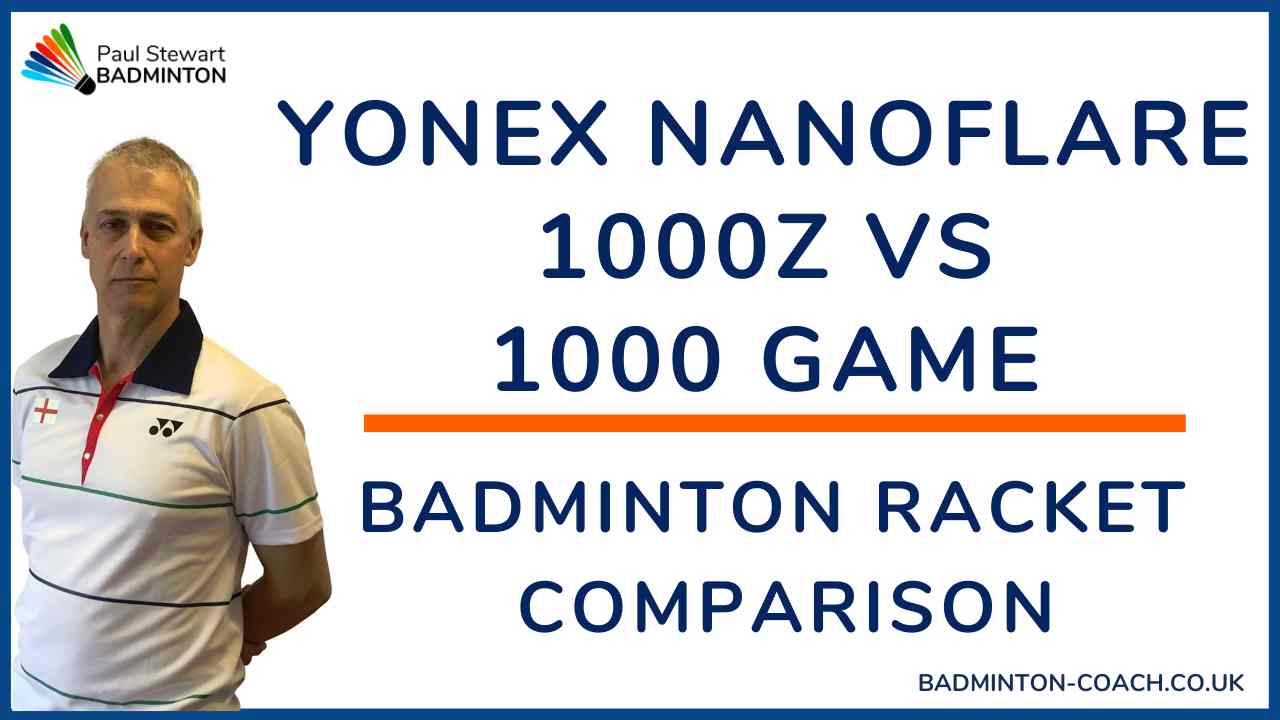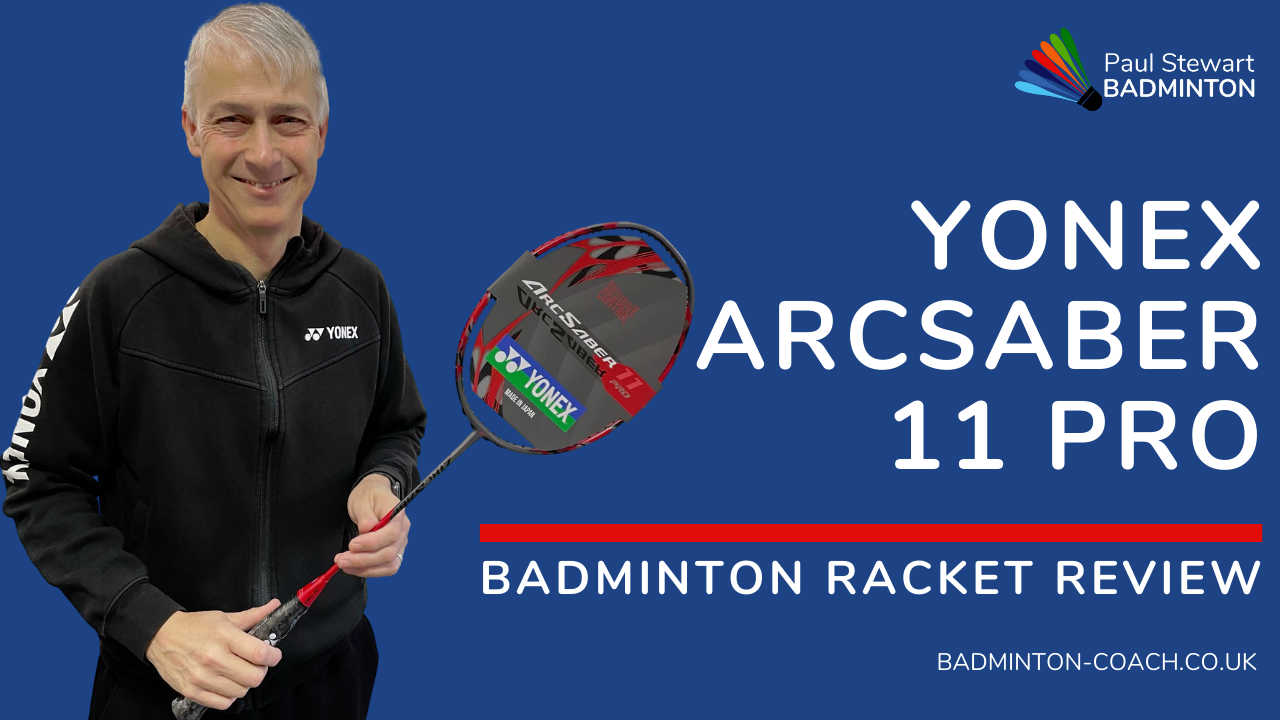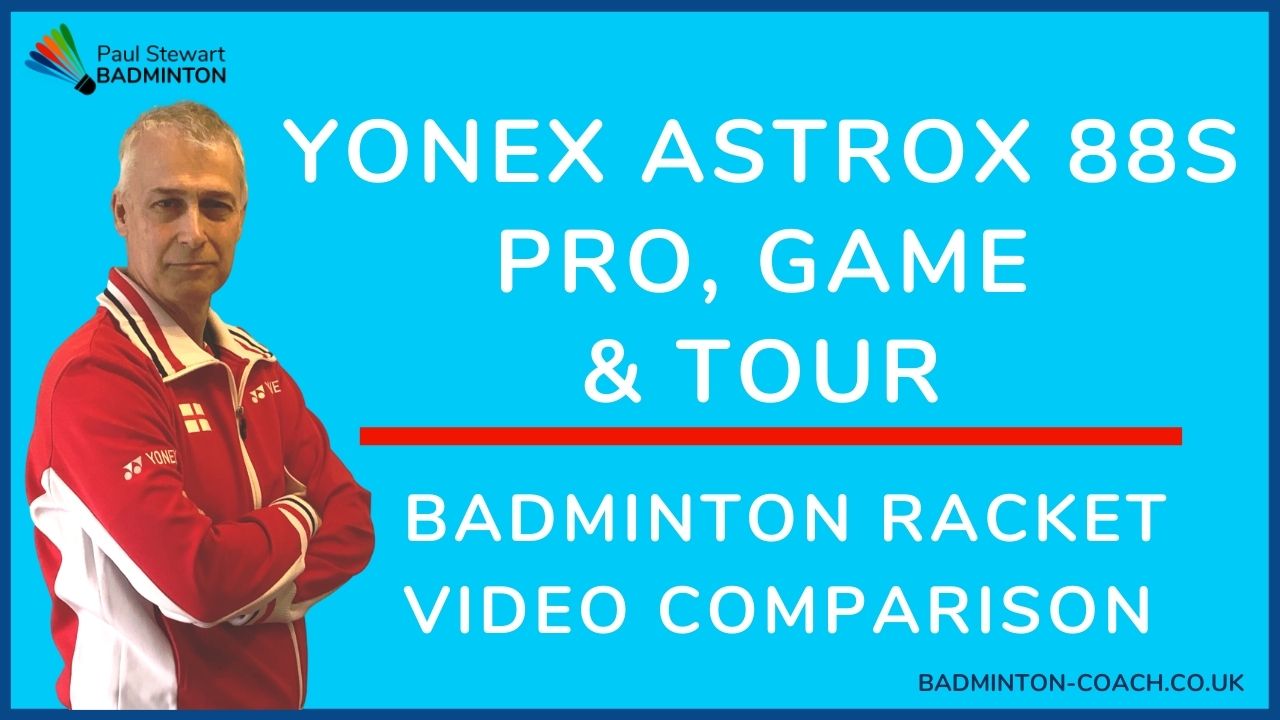If you’ve been following this badminton tactics series of articles and have actually done something with the information rather than read only, then you’re on your way to improving your tactical ability and awareness. You’ll have created your checklist, sought help to prioritise your development and now spend more time watching fellow badminton club members and opponents than ever before.
Congratulations to you for taking action.
If you haven’t done this yet, you’re either more advanced as a player and therefore waiting for the “chapter” in this series which is applicable to you or you’re reading this article for intellectual entertainment. Sorry to say, this won’t lead to improved badminton tactics and performance on court.
As you develop as a player, you will become a good “reader” of the game in terms of predictability. This is the skill of the advanced player, so now you know where this knowledge is built from.
So what happens next?
By now you have discussed your relative strengths and weaknesses with your doubles partner. However, there is more for you to work out together.
1) Which one of you is the most comfortable/stronger at the rear court?
2) Which one of you is the most comfortable/stronger at the forecourt?
3) What is my preferred playing style?
4) What is my partners preferred playing style?
To be a force on court, you need complimentary skills and styles of play. So let’s break this down a little further…
One of you may be a power player who loves to be at rear court smashing the badminton shuttle at every opportunity. The other may be weaker and enjoy the game from the forecourt, intercepting returns, playing tight to the net, which in turn results in a lift from your opponents. This is potentially a good partnership and sums up many international pairings around the world today.
As you can imagine, the problem lies when you both have the same strengths and weaknesses e.g. If you’re both strong in the rear court, then you can play a very solid attacking game…only if your opponents lift the shuttle. This would be deemed playing to your strengths.
However, what would happen if both of you preferred playing in the forecourt? Would you be as strong a pair? The answer is simple as you wouldn’t be as effective in capitalising on potential winning opportunities on court. You would probably be deemed a weak pair.
Let’s return to the first example where you have complimentary skills. You have now confirmed your strongest formation as a pair. Therefore it now makes sense that you work out how to create situations on court for you to position yourselves in this formation whenever possible where you then build on your strengths to win the point.
You can also work out what shots need to be played from different parts of the court to create this stronger formation. These are the shots you must work on individually with your coach for the greater good of your partnership. These in turn increases the number of predictor shots in your repertoire.
I’m sure all of this makes perfect sense so far. But we’re not finished yet.
Both of you have to work out what shots need to be played when you’re not in your favoured formation. Otherwise, how will you turn a disadvantaged position into your advantage? Once these shots have been worked out and agreed, they also form part of the priority list you hand to your coach.
Now you have two sets of predictable (predictable for each other) returns to force your opponents into hitting the shuttle where you want it do go with the intention of moving into your favoured formation. That my friend is playing tactically.
How do you build on this?
In essence what you are trying to achieve here is to create the first shot in a potential sequence that you and your partner recognises is being played for the purpose of moving each of you into their preferred position on court. This sequence may need to be started many times in a game, sometimes falling down due to mistakes or your opponents playing a different return, but in general getting what you want. It won’t happen perfectly all of the time, but it’s a very strong starting point.
To build on this, you also need to size up your opponents together to discuss and agree what you consider to be their strongest and weakest formation. This means that whenever you miss the opportunity to play to your strengths, you try as hard as you can to prevent your opponents playing to theirs.
This is exactly what the top badminton players are doing including international players.
By following these simple tactical points you are now playing a game of intent to receive the weakest response from your opponents and intent to play your strongest shots and therefore place your opponents under more pressure to make a mistake by either not returning the shuttle over the net or presenting the easiest opportunity for the rally to be finished.
In the next part in this series you’ll discover how to integrate this with playing styles previously covered in the articles Secret Badminton Skills You Must Possess In Order To Out Manoeuvre, Outplay And Outscore Your Opponent To Win The Game – Part 1
Not seen part 1 or 2 yet? Here are the links:
Designing Winning Tactics In Badminton – Part 1
Designing Winning Tactics In Badminton – Part 2
As always I look forward to receiving your feedback on this subject.













[…] Part 3 of this Designing Winning Badminton Tactics series, you discovered that co-operation with your […]
Nice Article Paul..
Tactics, co-ordination and understanding are very important in Badminton doubles game. In many cases both the partners want to play in rear court because of inclination towards power game but we need to make balance of offense and defense in double. Team will be fortunate if they got combination of offence and defense as one player take game from rear court and another play closer to net.
There is always a problem with a pair when they both want to be the one playing the power shots. It will naturally happen in a game for each player to have their turn, but for the best outcome, the players need to put egos to one side and focus on the best winning combination.
Paul
Great article – full of incisive comments.
Getting regular playing time with a specific partner is, in my opinion, key. Sadly, it does not always happen that way – certainly not at club level. If you play in the league then it is likely that you should be a more developed player but you still may not get a significant amount of training/practice time with your partner…or you might have to play with whoever is available.
Re-reading the “Secret Badminton Skills” topic is very useful. Who are you? Can you be more than a one trick pony? Variation, adaptability and vision are all vital traits at the higher levels. Badminton is a bit like chess – you need to be thinking 3 shots ahead to get an advantage.
Look forward to seeing other comments.